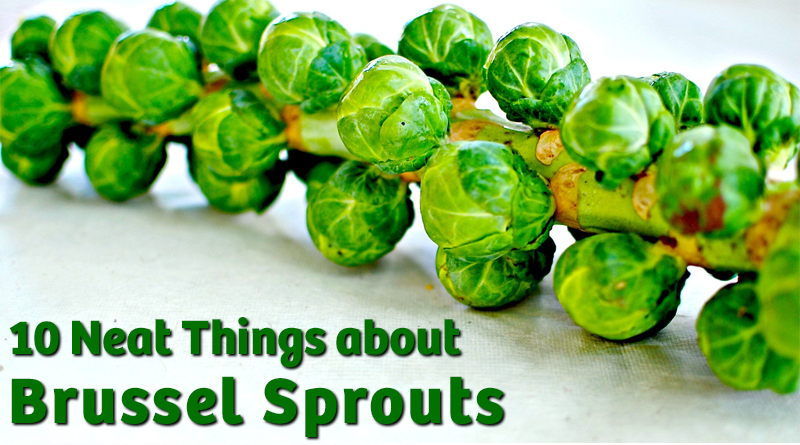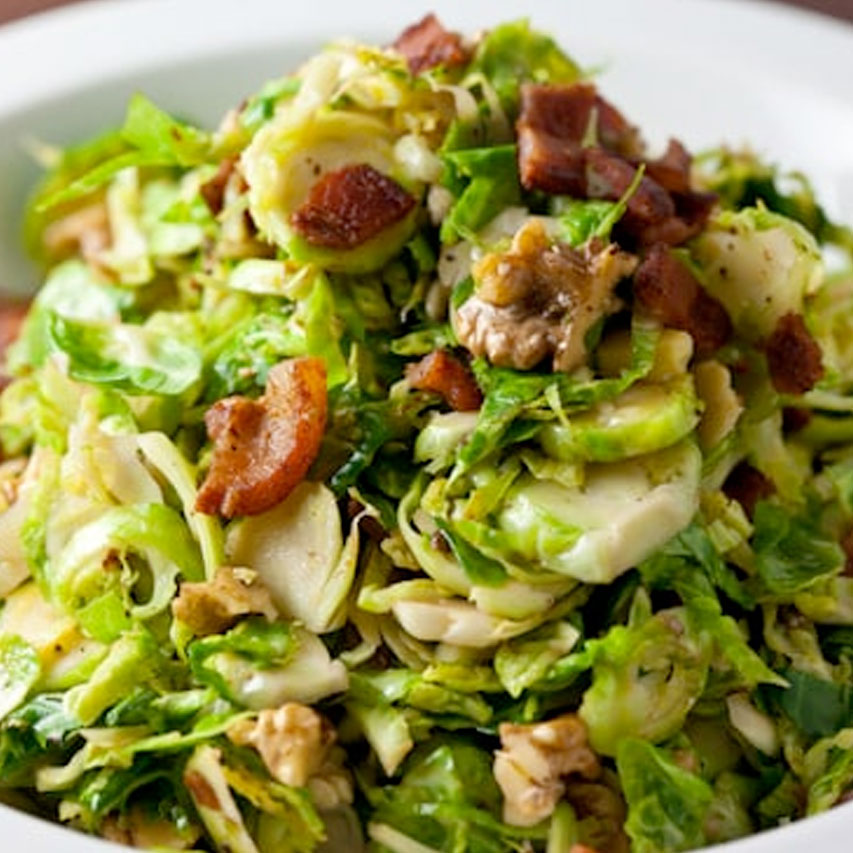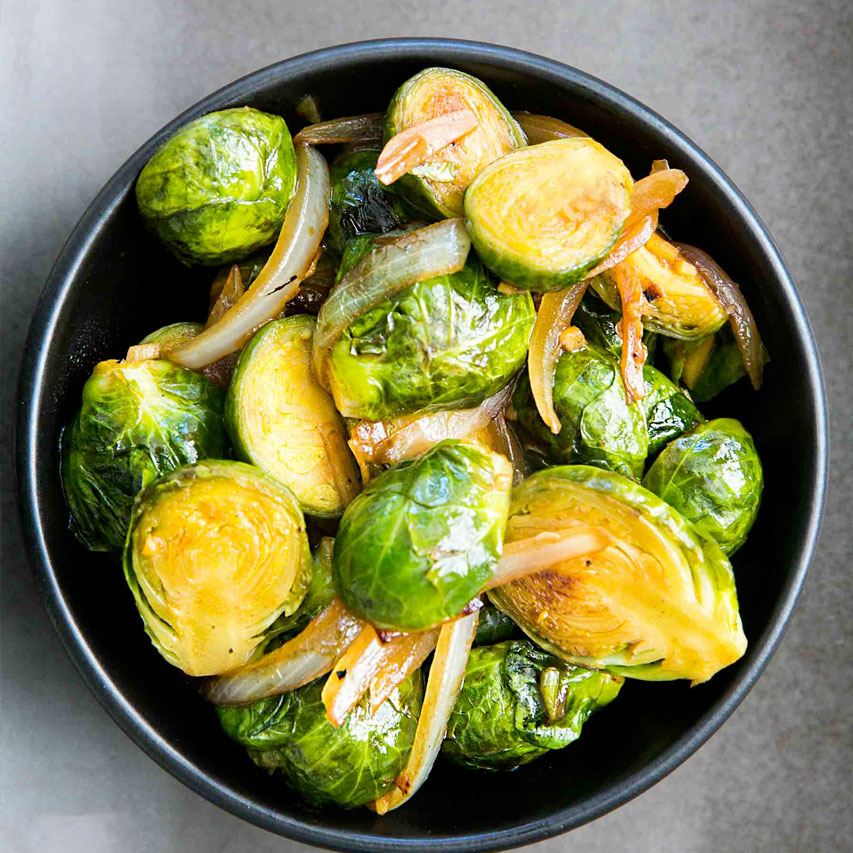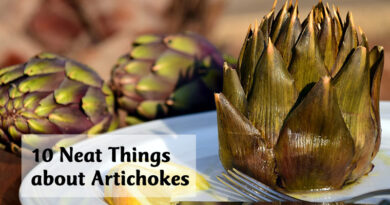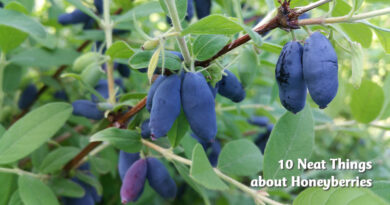About Brussels Sprouts
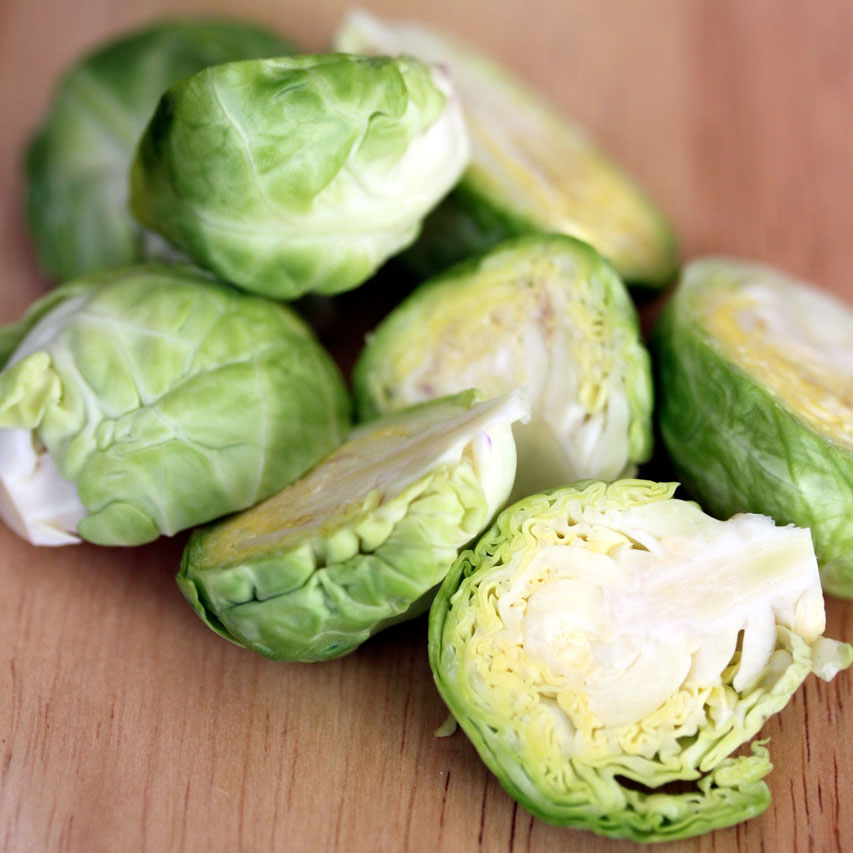
1. Mon petit chou.
My little cabbage, a term of endearment in French, could be applied to Brussels sprouts, which are also members of the Brassica family. But in French, the real term is choux de Bruxelles or ‘cabbage of Brussels’. Regardless of the language police, many people would prefer using the term of endearment to express their love of this pretty and flavourful vegetable.
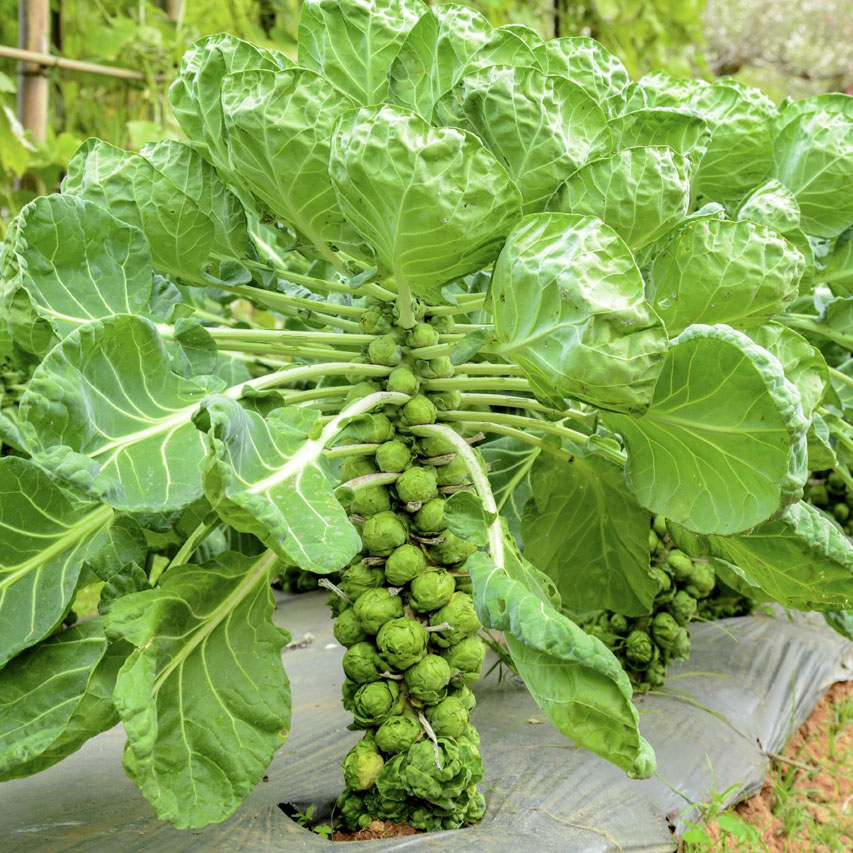
2. See how they grow.
City dwellers who are not gardeners may never have given a moment’s thought to how these little gems grow, but the plant is pretty spectacular. It looks like a little palm tree with the rosettes of cabbage growing in a helical pattern along thick stems and ending in a frilly cap of cabbage-looking leaves.
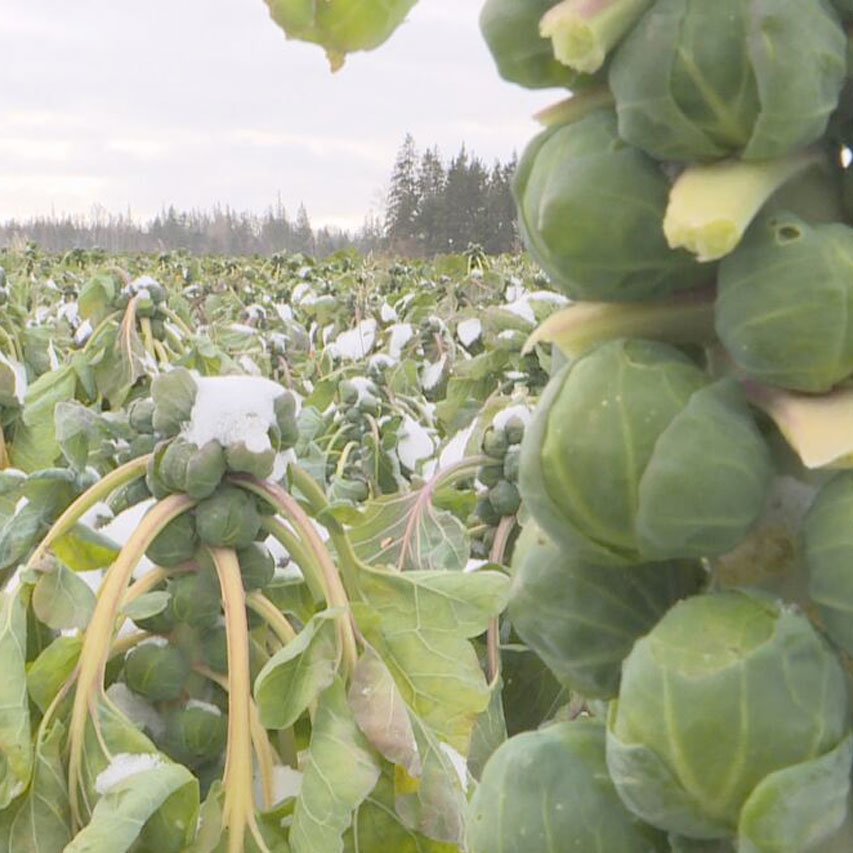
3. When the north wind doth blow – we shall have… sprouts.
Brussels sprouts, like their cousin kale, are a cold-weather crop that can be harvested through the winter in areas where there is not too much snow – they handle freezing very well. But most gardeners slice them from the mother stem in September and some even pull the whole plant out of the ground, hang them upside down to store in a cool, dry space and harvest as needed long into winter.

4. Bottoms up.
Earlier harvesting should be done from the bottom up. The bottom sprouts will be a bit more mature than those at the top. It is not unusual to harvest as much as 1.4 kg (about three pounds) from a single stem, 90 to 180 days after planting.
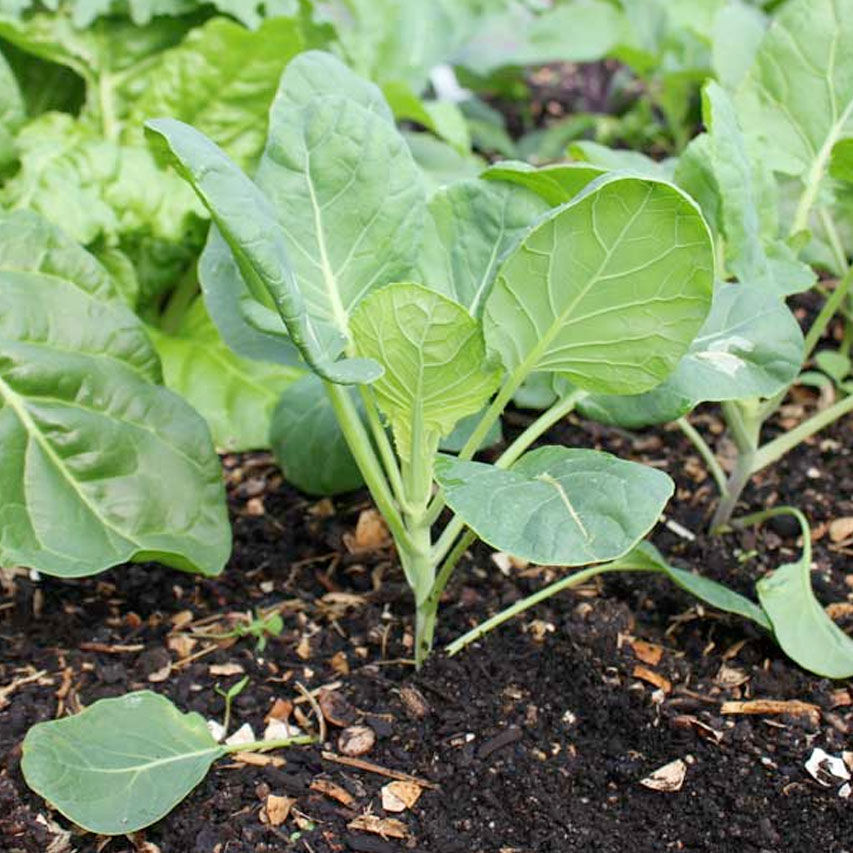
5. Feet in clay.
Brussels sprouts enjoy a very heavy soil, enriched with manure or compost. They need boron, calcium and magnesium to be healthy, and they do not like acidic soils, which can promote club root disease. Start seeds indoors and transplant after six weeks to a spot that gets afternoon shade in localities where the climate delivers hot summers and early autumns.

6. Stop growing upward and start growing up!
To encourage earlier maturing of the plants, remove the top growing point. This will stop the addition of height and force the little cabbages along the stems to mature.
7. Oh, so good for you.
Brussels sprouts score an 89 on the nutrients balance completeness score. Compare this to potatoes that score a lowly 52 on the same rating chart. Brussels sprouts are very high in vitamins A, C, B and K and contain a host of other beneficial vitamins and minerals. While one sprout contains one-half a gram of protein, it also contains large amounts of fatty acids (Omegas 3 and 6), along with potassium and even some selenium – all this in only 7.6 calories per sprout! By the way, they used to prescribe Brussels sprouts to treat bowel problems.
8. Warning!
If you are on blood thinners, they say you should limit your intake of Brussels sprouts because they also contain a good amount of vitamin K, which promotes blood clotting. One sprout supplies 37 per cent of your daily requirement. Just for your information, vitamin K is named after the German word for blood clotting, ‘koagulation’. On the other hand, vitamin K levels in kale, spinach, mustard, beet and collard greens, Swiss chard, parsley and broccoli, all exceed the vitamin K in Brussels sprouts – so, go ask your doctor!
9. A thousand ways to enjoy.
Brussels sprouts are one of those rediscovered vegetables that people are really learning to enjoy. There are many, many ways to cook them, but one absolute no-no! Do not over-cook. Overcooked sprouts turn grey and mushy and smell like rotten eggs because overcooking releases their sulfuric nature (a characteristic that also makes them good anti-oxidants). Sprouts pair well with bacon, apple cider, balsamic vinegar, pine nuts and pistachios, mustard, brown sugar and pepper. They can be steamed, boiled, sautéed and roasted which brings out the best side of their character.
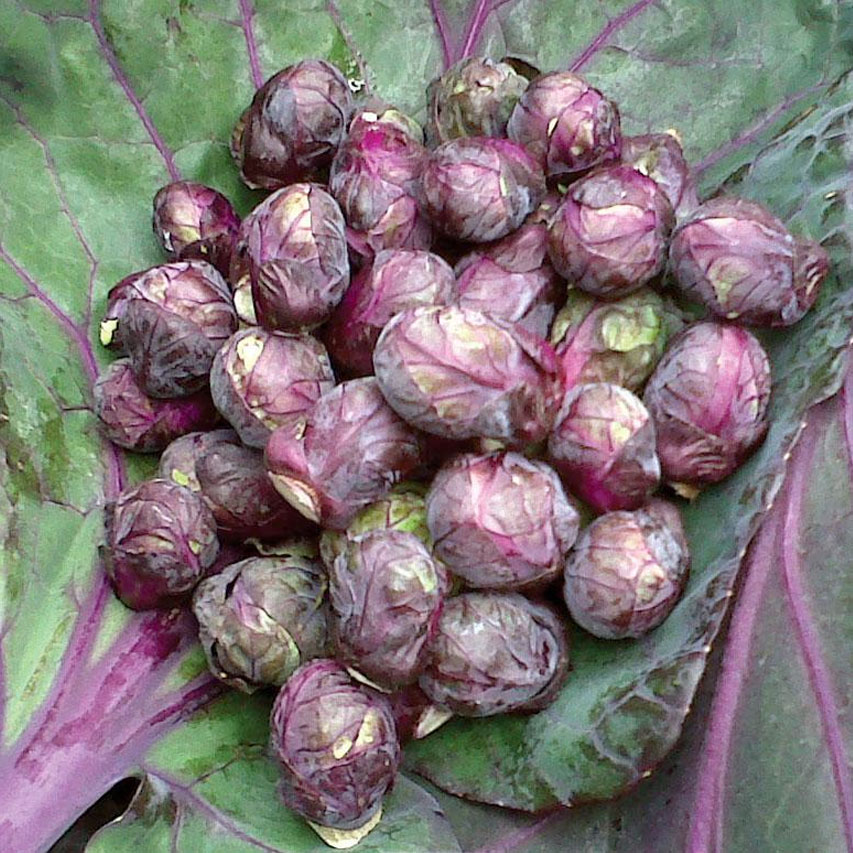
10. Sow red.
There are 110 varieties of Brussels sprouts, including ‘Adagia’ and ‘Sproukel’. If you are really a sprout fan, you may want to try one of the red varieties, such as ‘Red Ball’ or ‘Rubine’.



